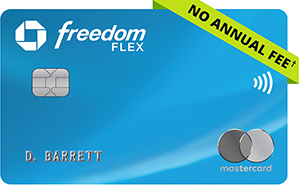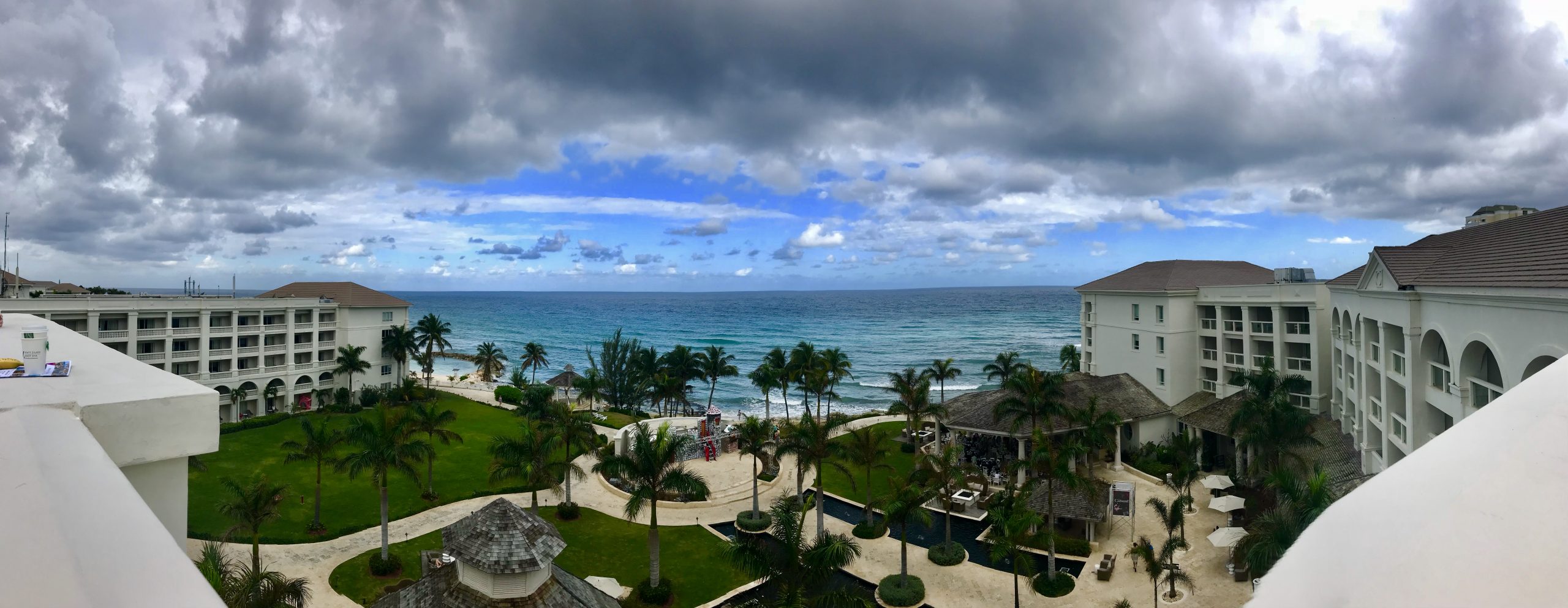Today’s Guest Post comes from Matt Kepnes, who runs the award-winning travel site nomadicmatt.com, which helps people travel the world on a budget. You can learn more about Matt at the end of the article.
Over the past few years, budget travel has exploded. There are tons of new apps and new ways to save. Whether you’re planning the ultimate couple’s getaway or a long-term solo trip around the world, it’s never been more affordable to hit the road and explore.
Thanks to the advent of the sharing economy and the expansion of budget airlines, it’s become much more affordable than it was when I started traveling.
But you don’t just need to settle for cheap travel — because these days it’s actually possible to travel for free.
Over the past ten years, I’ve enjoyed countless free flights and an untold number of free hotel stays.
How? Credit Card Reward Points.
Simply by collecting credit card points and miles, I’ve been able to earn all kinds of amazing travel perks. And all without any additional spending either!
To help you make your travel dreams a reality, here’s how you can start traveling for less today:
1. Determine your goals.
Before you dive into and start browsing for a travel credit card, you need to understand what your travel goals are.
Are you looking for free flights or free hotel stays?
Do you need a card with a low annual fee?
Is there an airline you generally fly more than others?
Do you want cash back or travel rewards?
There’s no such thing as a perfect card, so by answering these questions, you can narrow the list of cards that will work best for you, bringing you one step closer to your next free trip.
2. Decide what perks you’re looking for.
Now that you have outlined your travel goals, it’s time to think about perks. Some cards have huge welcome offers (which often equate to a free flight), while others include things like free lounge access or discounts with certain vendors (like Lyft or DoorDash).
What you want is entirely up to you. I spend a lot of time in airports, so having a more relaxing time during layovers is valuable to me. But maybe you don’t fly often and care more about getting discounts with certain companies. We all have different priorities, so just take a minute to write yours down.
Here’s what I look for in a card:
- Large welcome offer (50,000 points or more)
- Airport perks (lounge access, priority boarding)
- No foreign transaction fees (so I can use the card while overseas)
- Bonus points when spending on travel
- Transfer partners that I actually use
- Low annual fee

3. Get a big welcome offer.
Before you jump in and start applying for cards, you should make sure you’re ready to meet the minimum spending requirement for the welcome offer.
For most cards, you need to spend a certain amount of money within the first three months to qualify for the offer (usually, this is around $4,000). Make sure you can meet this spending requirement before you apply so you don’t miss out on the points.
Get used to putting everything on your card: meals, groceries, gas, bubble gum, No expense is too small! When you go out with friends, pay for everyone and have them pay you back.
If meeting the minimum spend is going to be an issue, look for a card with a lower threshold. Or you can ask friends and family if there have any large expenses coming up that you can purchase for them. That way, you can earn the points and they can just pay you back.
4. Research where your purchases are best made
The best travel credit cards offer bonus points for specific spending categories. These usually are things like dining out, groceries, gas, and travel.
For example, the Chase Freedom Unlimited card usually offers 1.5% cash back. However, you get 5% cash back when spending money on travel. And the American Express® Gold Card offers 4x the points on restaurants worldwide and 3x the points on flights booked directly with airlines or through amextravel.com.
Since I travel a lot, I prioritize cards that give me high spending bonuses on travel. I don’t use my car much since I work from home, so bonus points on gas aren’t something I need.
Everyone has different spending habits, so just note where you usually spend the most money each month. That will help you weigh the value of each card and decide which one will give you the most in return.
5. Maximize your points.
To maximize your earnings, use platforms like Evreward or Cash Back Monitor. These cash back sites can help you find the best deals to optimize your travel. Simply visit the site, type in the company or product you want, and it will let you know if there are any bonus points you can earn for it.
For example, say you want clothes from the Gap. Physically visiting a Gap store at the mall will earn you one point per dollar spent. However, by using Evreward, you might discover that by using the United shopping portal (instead of going to the store in person), you can earn three points per dollar spent. If you spend $100, you’ve just earned 300 points instead of 100!
In addition to their shopping portals, most airlines also have dining rewards programs. You simply sign up with your frequent flier number, register your credit card, and get extra points when you dine at participating restaurants.
(While you can sign up for every program, you cannot register a credit card with more than one. That means that if your Chase Sapphire Preferred card is linked to your American Airlines account, you can’t earn miles on your United Airlines account with that same card.)
Join one of the programs in the Rewards Network (they run all the dining programs), so you can get five miles per dollar spent once you became a “VIP member” (which happens after 12 dines). If you get those 12 under your belt early in the year, for the rest of the year you’ll be getting five points per dollar spent.
For example, on a $100 USD bill, you’d earn 500 points toward your favorite airline in addition to the points you’d get for your credit card spend. It’s really simple to use, takes no work to set up, and gives you points for doing something you’re going to do anyway. With over 10,000 restaurants to choose from, there are plenty of places to choose from.

Should I try and focus on airline loyalty?
In my opinion, no. I would rather find cheap fares and use miles for free flights than try to spend my way to status with a specific airline. I’m not spending $12,000 USD a year on flights with one airline to get top-tier status. I’m not even spending $6,000 USD!
Unless you take a lot of business flights, it’s likely not worth the effort. Status is simply too expensive. I used to get status via all the cheap tickets I bought and sticking to one airline, even if they were slightly more expensive.
Now? No way.
First, the vast majority of branded airline credit cards offer essentially the same perks as the lowest-level status: free checked bags, priority access, priority boarding, and discounts on inflight food and beverages. It’s not until you reach the mid-tier status that you actually start to get the really good perks (upgrades and international lounge access) so, unless you can reach that level it’s not worth being loyal to one airline when you can get bottom-tier perks by just signing up for an airline’s branded credit card.
However, if you do fly frequently for work, then loyalty programs become extremely important—not only for your ability to have a better flying experience but also because most of the best perks happen around 50,000 miles a year. If you think you’ll fly that many miles on paid tickets, stay loyal to one airline until you get there and then move to another airline.

What if I’m not from the US?
While the United States has the best travel credit cards, there are plenty of resources out there for non-Americans too. Here are some suggested sites to help you get started:
- Head for Points (UK)
- Prince of Travel (Canada)
- PointsHacks (Australia)
American Express cards can be found all around the world, and tons of airlines in Europe also have their own cards (Norwegian Air, SAS, Lufthansa, Icelandair, and many others).
While the options outside the US aren’t nearly as impressive, they can still help you save money and travel for free.
***
By following the simple steps above, you can start earning free flights, upgrades, hotel stays, and more. While it might seem intimidating, it’s really easy to get into the habit and start maximizing your points. As long as you pay off your bill every month, you can start traveling the world for virtually free.
Why pay full price when you don’t have to? By utilizing the best travel credit cards, you can ensure that you don’t leave money on the table. Follow these steps, collect points, and travel. I promise it’s worth the effort.

Matt Kepnes runs the award-winning travel site nomadicmatt.com, which helps people travel the world on a budget. He’s the author of the New York Times best-seller How to Travel the World on $50 a Day and the travel memoir Ten Years a Nomad. His writings and advice have been featured on CNN and the BBC and in the New York Times, The Guardian, Lifehacker, Budget Travel, Time, and countless other publications. You can follow him on Instagram at @nomadicmatt. When he’s not on the road, he lives in Austin.




